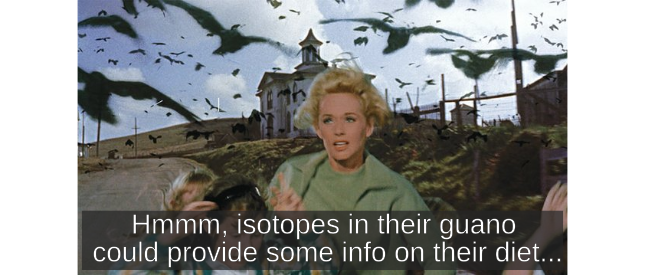“Birds of a feather flock (and poop) together” – Ancient Greek Proverb
The next episode in our series on Topical Paleolimnology looks at how paleolimnology can be used to track biovectors. We were fortunate to be joined by guest host Matthew Duda, a PhD candidate in the PEARL lab at Queen’s University, Canada who has extensively used paleolimnology to study how large bird colonies can impact the small ponds of oceanic islands.
Matt’s research has resulted in multiple high profile publications, including a recent paper in Proceedings of the Royal Society B: Biological Sciences that examined long-term changes in the world’s largest colony of Leach’s storm-petrel. Due to this work, Matt was one of the recipients of the 2021 Robert Peters Award from the Society of Canadian Limnologists. An award given each year for “the best aquatic sciences paper published in the preceding year by a Canadian student or a student working in Canada.”
So what are biovectors? At a basic level, the term refers to biological organisms that transfer stuff from somewhere to somewhere else, and is often associated with epidemiology and disease. However, paleolimnologists are most often interested in biovectors related to the transportation of contaminants and/or nutrients. Especially when the quantities are large, long distances are involved, or the transport is from one environment to another.
Biovectors are particularly interesting when they reverse typical energy flows, such as the transport of nutrients ‘uphill’ from marine to freshwater or terrestrial environments:
- Salmon bringing large amounts of marine nutrients to spawning lakes
- Thule hunters that transported bowhead whales inland for butchering
- Guano runoff from seabird colonies fertilizing downhill ponds
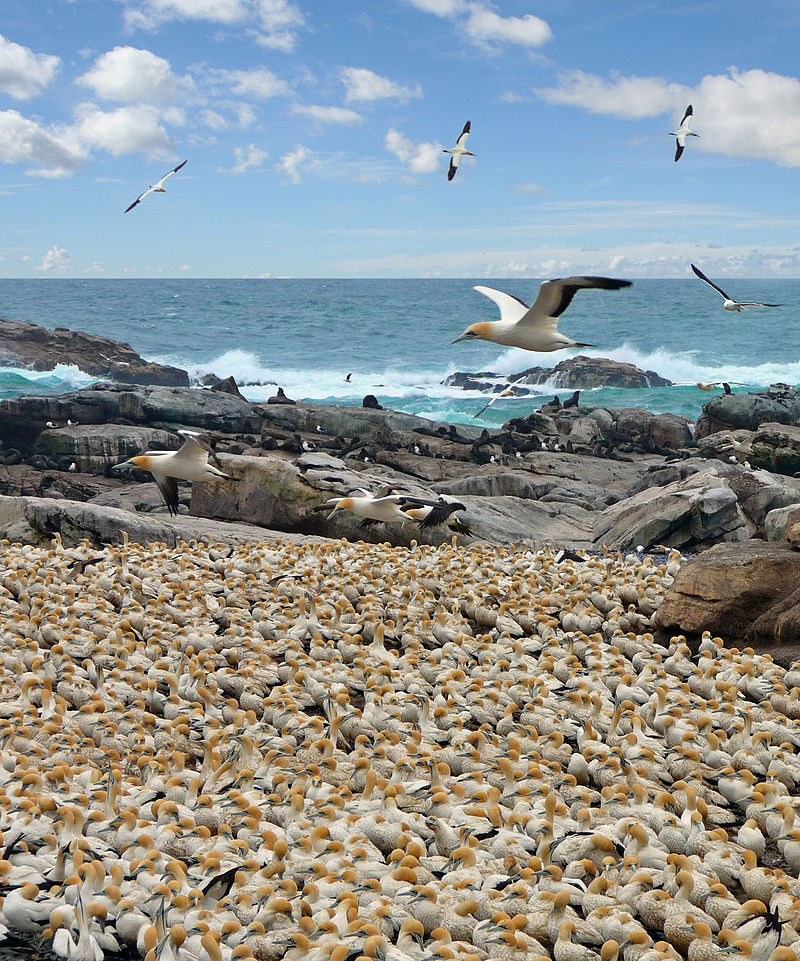
In his research, Matt uses paleolimnological techniques to study Leach’s storm-petrel (LSP), one of the most abundant seabirds in Canada. These storm-petrels are small, nocturnal birds that are difficult to study directly; however limited survey data suggest the global population has declined substantially over the past few decades. LSP congregate in huge colonies on remote islands, where millions of breeding pairs nest in a relatively small area. Runoff from these colonies can provide a huge source of nutrient enrichment for nearby lakes and ponds. Long-term variation in bird numbers can be studied indirectly using indicators such as diatoms or stable isotopes and reconstruct how nutrient inputs from the colonies have changed through time.
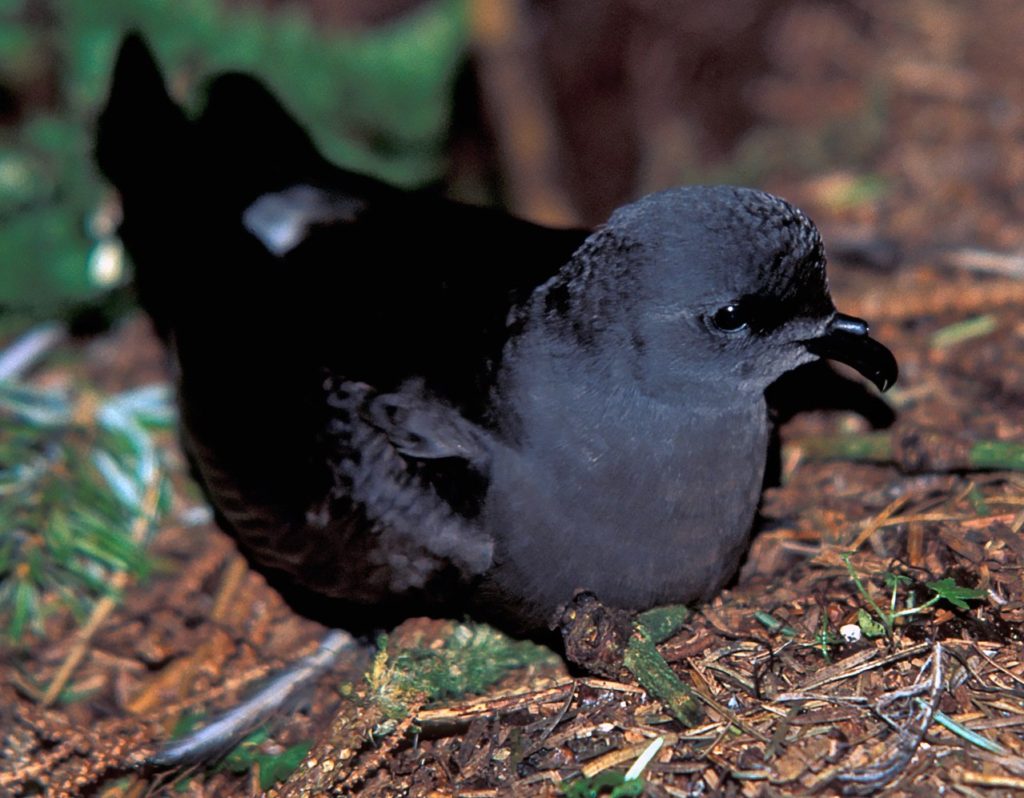
The world’s largest colony of LSP (~40% of the global population) is located on Baccalieu Island, a small island off the coast of Newfoundland and Labrador. There is considerable conservation interest in the history of this colony, and given the huge number of birds present, the impacts of the colony are well preserved in the sediments of the ponds and lakes on the island. Matt’s research has inferred changes in colony size over the past ~1700 years using a large suite of indicators (nitrogen-15, diatoms, chironomids, metals, sedimentary chlorophyll a, and cholesterol) from the sediments of five lakes on the island. The findings confirm recent (since the ~1980s) declines in the size of the colony, but also raised many questions about variation in population size.
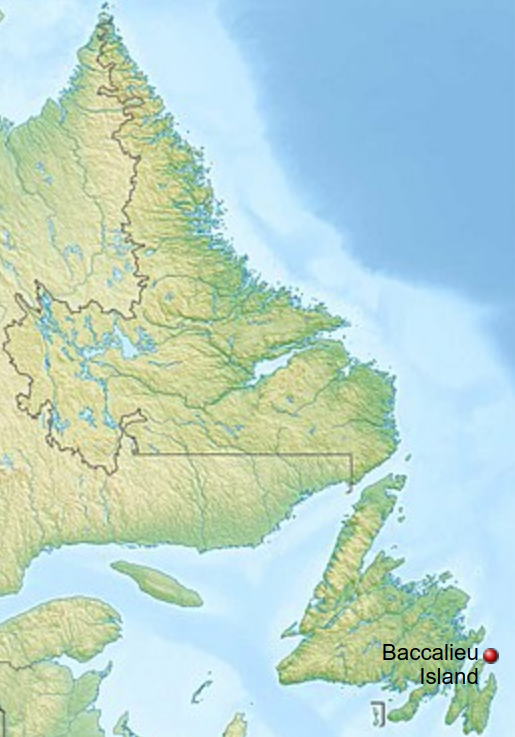
The arrival of European settlers in the region appears to have impacted the Baccalieu Island LSP colony; however, as humans don’t actively hunt LSP for food, the mechanism of these impacts are unclear. Matt is now expanding the scope of his research to include inter-colony dynamics, by comparing the Bacclieu colony with another on Grand Colombier Island, Saint Pierre and Miquelon.
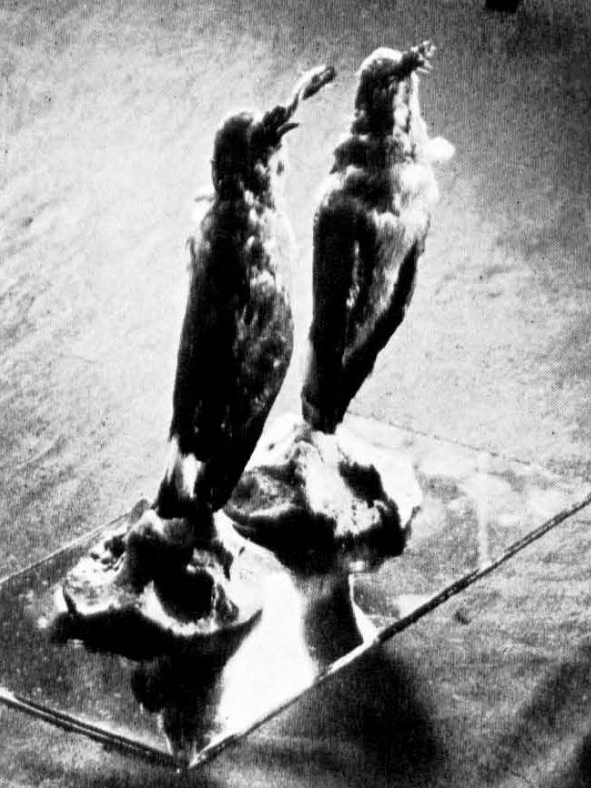
The study of biovectors is often more paleoenvironmental than paleolimnological, but coring techniques can be applied to all manner of piles of undisturbed guano. Abandoned chimneys, bat caves, and pack-rat middens, are just some examples of the sampling locations used in a field where the poop jokes come thick and fast.

